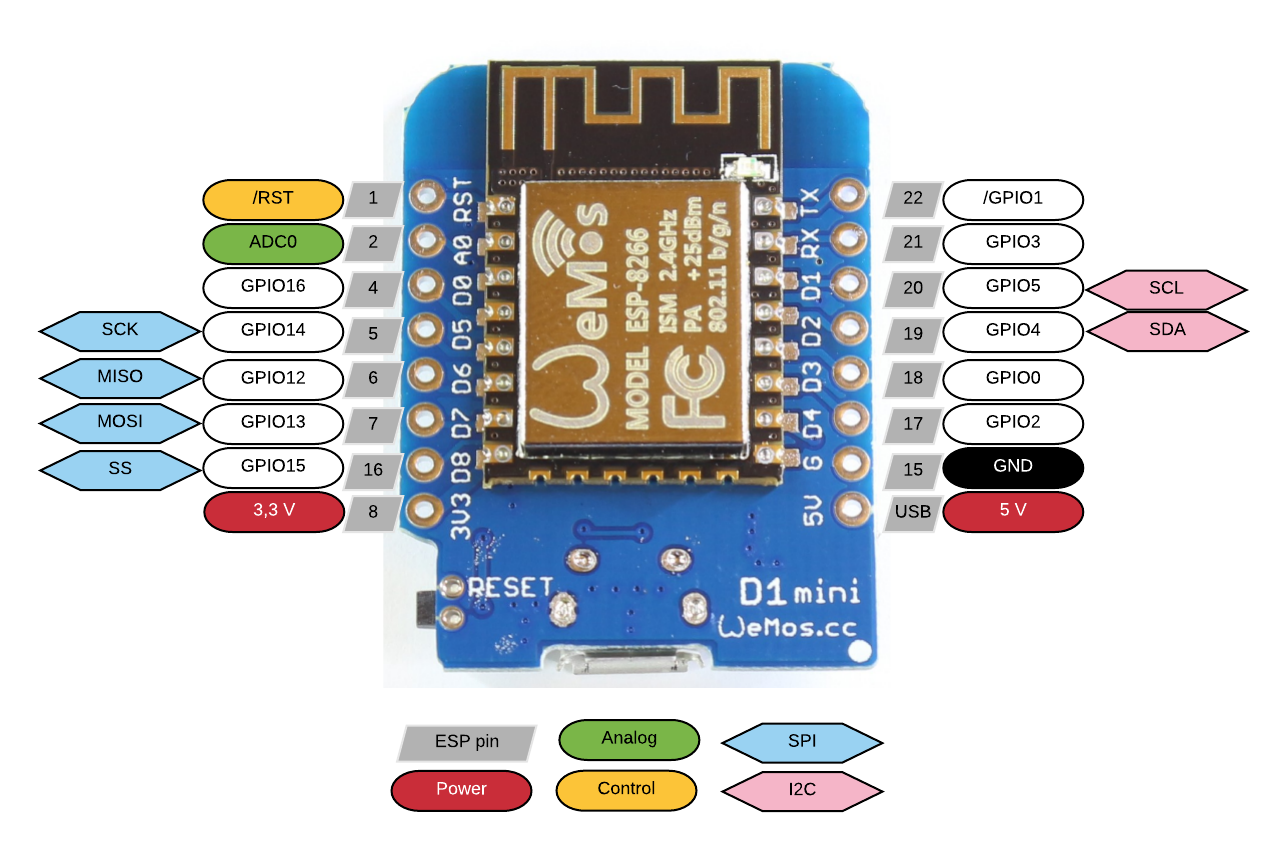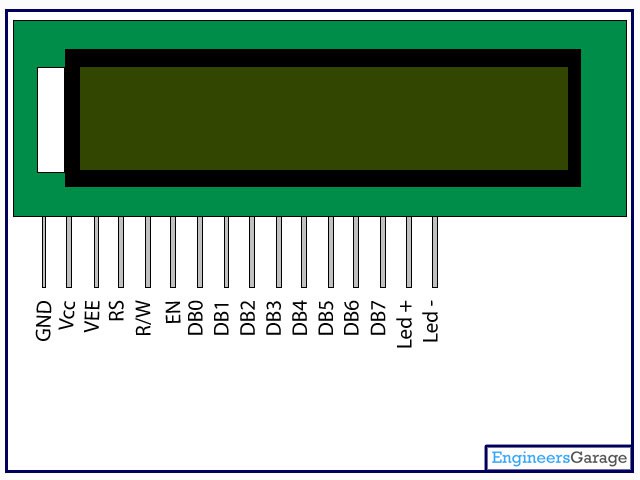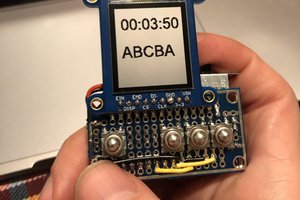Build instructions as follows:
Connect your Arduino to the LCD Display using instructions and circuit at:
https://www.arduino.cc/en/Tutorial/HelloWorld
Note that I use the pins_arduino.h header to specify the GPIO pins connected the display, if you're using something other than the NodeMCU/ESP8266 you should change the LiquidCrystal initialisation pins in line 39.
Test with the hello world code to make sure you can see the text on the screen.
Next up, download the code from https://github.com/terryspitz/train/blob/master/train/train.ino
Customise as follows:
1. Visit https://api-portal.tfl.gov.uk/admin, create an account, click the email it sends to verify your address, then copy and paste the app_id and app_key in line 19.
3. Visit https://api.tfl.gov.uk/swagger/ui/index.html?url=/swagger/docs/v1#!/StopPoint/StopPoint_Search to find your station / stop ID, and cut and paste into a new station after line 30.
4. [Platforms choice now supported]
5. Compile and upload to your board. You may need to restart a couple of times for it to startup. Follow the messages on the LCD along with the code to check progress.
6. If it says "Connect to WiFi BedsideDepartureBoard", connect to the device WiFi "BedsideDepartureBoard" from your phone WiFi settings to get it onto your home network WiFi, see https://github.com/tzapu/WiFiManager/blob/master/README.md#how-it-works
7. That's it! Or, ... Start debugging!
 terryspitz
terryspitz








 uri.shani
uri.shani

 David L Norris
David L Norris
Hi there! I know this is from a while ago - but I'd love to try building one of these. I saw from your project logs that you played around with a few different pieces of hardware to put this together. Do you think you'd be able to outline the key hardware choices you settled on, so I could try ordering the parts and building one of these?
Thanks so much!